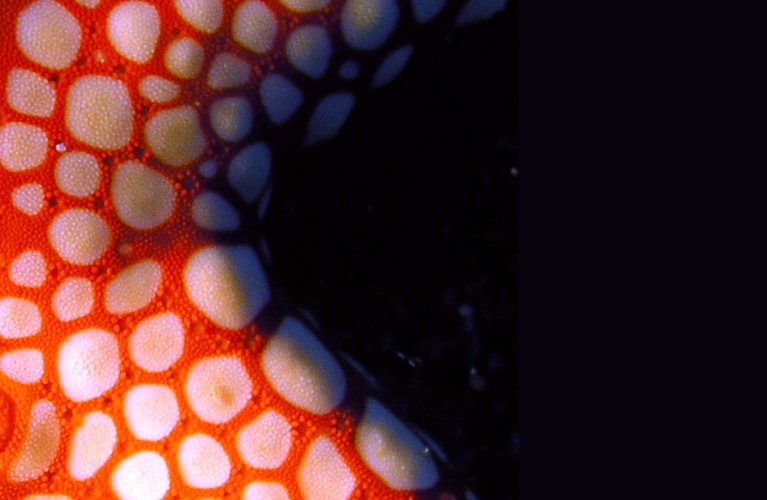The visit begins with the Diacinto Cestoni Room, a real journey to discover the biodiversity of the Mediterranean Sea, its colours and its various forms of life that can be admired with the 2 groups of themed thanks:
"The small coastal habitants of the Mediterranean Sea" and "The Backdrops of the Mediterranean Sea" . At the end of the room also, a single large tub dedicated the topic of research. Acquario di Livorno collaborates today with the
Higher Institute for Environmental Research (I.S.P.R.A.) and the
Interuniversity Center of Marine Biology (C.I.B.M.) in a project to monitor the quality of marine water using the curls Of the Paracentrotus lividus species. In this area it is possible to read the panels where to find the informations about the
Information Point of Tuscany Observatory for Biodiversity.
The small coastal habitants of the Mediterranean Sea
A "collection" of tanks where some of the guests of the various ecological niches of the coast are exposed, but also organisms that are difficult to see because they are used to great depths. In addition to the common
lobster (
Palinurus elephas), it is possible to see up close in these tanks the
Lysmata shrimp, of an intense red and the fearsome c
arnivorous stelae, such as the great
Martasteria Star (
Marthasterias glacialis) or the voracious
Thorny Stars (
Coscinasteria tenuispina).
The backdrops of the Mediterranea Sea
In this section of tanks, visitors will be able to see some of the most singular specimens that populate the seabed: from the
pencil urchins (
Stylocidaris affinis) to the
Neptune's trumpet (
Charonia lampas), the
cardinal fishes (
Apogon imberbis) and the
sea cicada o magnosa (
Scyllarides latus)
The research tank
Thanks to the collaboration with the
Istituto Superiore per la ricerca (I.S.P.R.A.) and the
Interuniversity Centre for Marine Biology (C.I.B.M.), Acquario di livorno dedicates a tank to the project to monitoring the quality of marine waters using the curls of the
Paracentrotus lividus species. Either C.I.B.M and Livorno section of I.S.P.R.A. is engaged in the study of the polluting effects, released in the sea and that can damage the marine ecosystem.


 it
it















